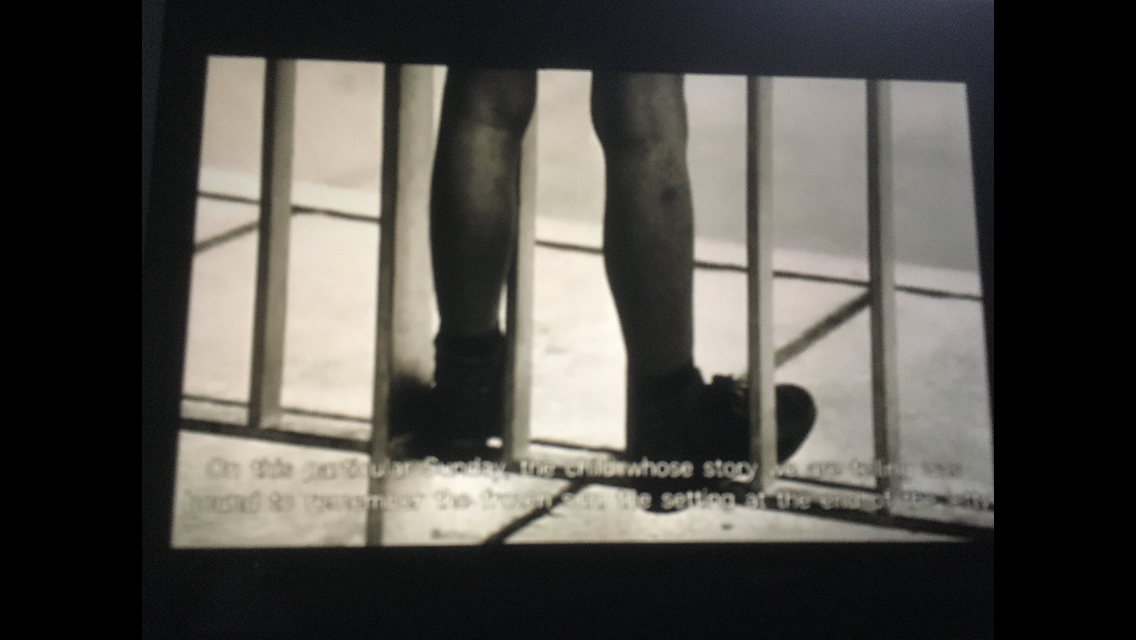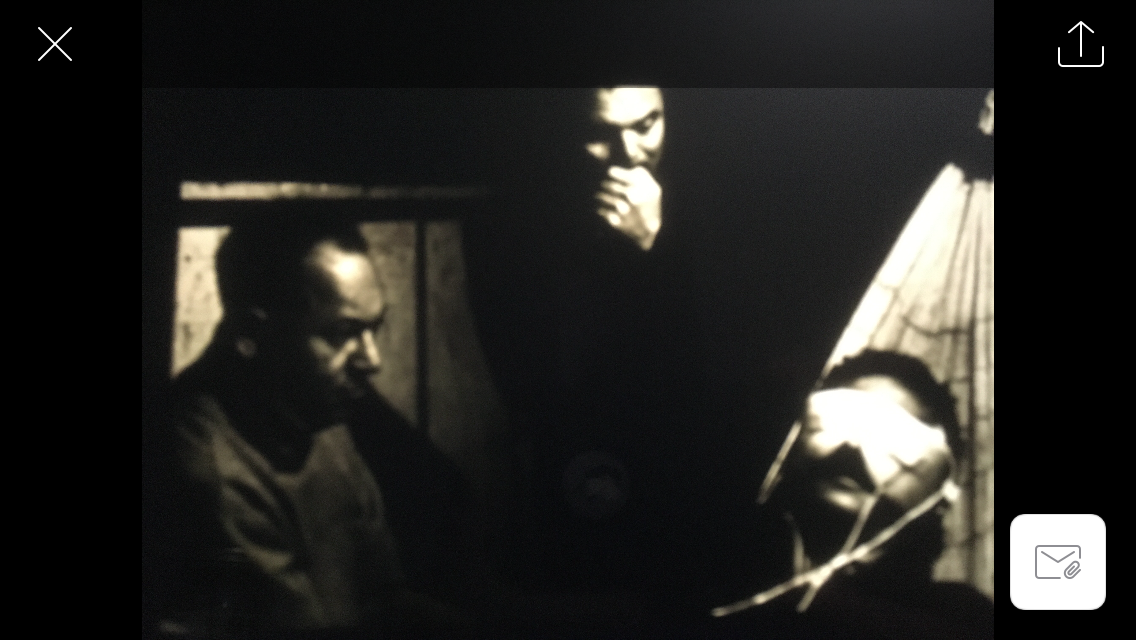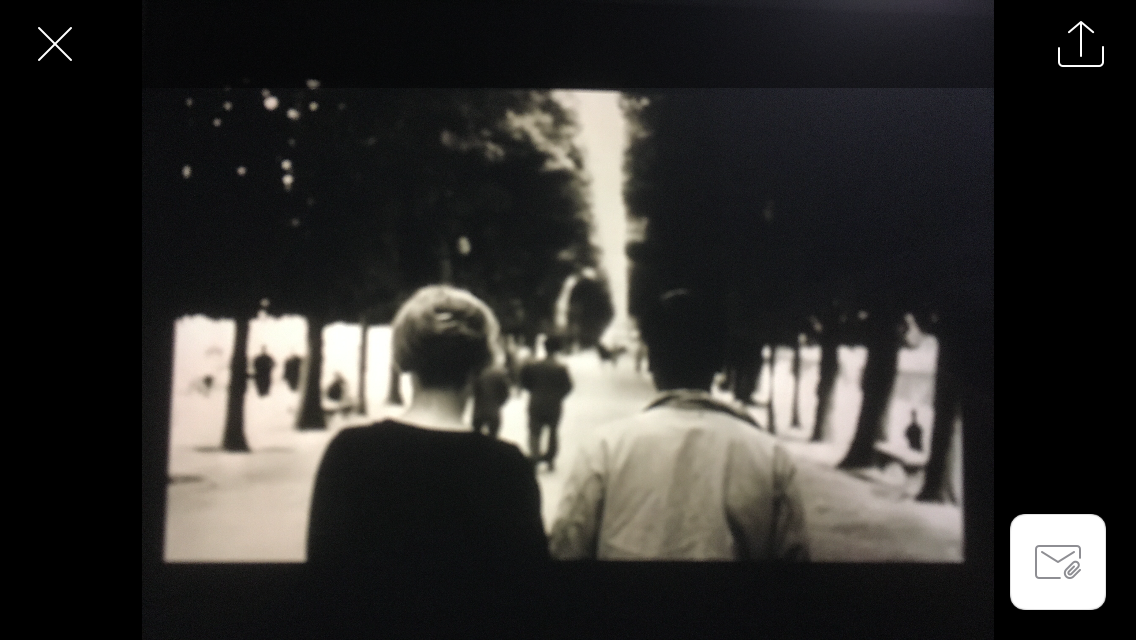Chris Marker’s “La Jette” is a master class in telling a story through images. I believe that the film is stronger as a story told through photos than an actual motion picture. The images I have chosen to analyze come from the first half and the middle of the film. I chose them because I believe in the first half of the film Marker does such an amazing job of grabbing the audience’s attention and creating the world of the film with beautiful still shots.

The first image I chose was that of a little boy standing on a fence at the Orly Airport. The Airport is introduced immediately in the film as an important place. Just before the shot of the little boy’s feet there is a wider shot of the boy with his mother and father in full frame. The narrator explains that a typical family activity on a Sunday afternoon was watching planes take off at the airport. We see the boy standing on the fence to get a better view. In the image I chose, we see a close up of the boy from the knees down. His feet are resting through the bars of the fence. I believe that Marker chose this image because it conveys not only the innocence and playfulness of a child but also the moment this action takes place. In just a few moments we learn that World War 3 has taken place and left Paris in total ruins. This image stood out to me because it underscores the devastation that comes in the following scenes and sets up the anarchy of the underground world that becomesthe main focus of the film.

The next image I chose was the one of 2 “scientists” observing a man in a hammock with a very strange blindfold covering his eyes. This image is very disturbing and immediately lets the viewer know of the darkness that controls the survivors of the war. The image is very well balanced. The brightest light comes on the right side of the frame, illuminating the “subject” in the hammock. The middle of the frame is almost completely dark save for a light on the face of 1 “scientist.” This makes the scientist look very creepy as we can barely see his body, only his face looking down upon the subject in the hammock. The left side of the frame sheds a little more light on the 2nd “scientist”, but not much. He, like his counterpart in the middle, is staring intently at the subject in the hammock. His face and body are awash in shadow. This composition and lighting creates mystery around who these scientists are and what on earth is happening to the man in the hammock.

The final image I chose comes about hallway through the film. It is of the main character and the woman he loves. The main character has been chosen to become a subject in the hammock and has traveled back in time. In the past world he finds the woman he loves. They spend their time wandering happily through Paris in its normal, beautiful stage before the destruction of the war. The composition of this image, the characters walking down the middle of a row of trees in a park, is so strong. The path of trees gives the viewer the perfect leading lines into the heart of the scene, especially with the characters in the center of the frame. We feel the comfort and peace that both characters feel in this beautiful park.

I never heard of this movie before. Very interesting and powerful. Great write-up!
Kathy